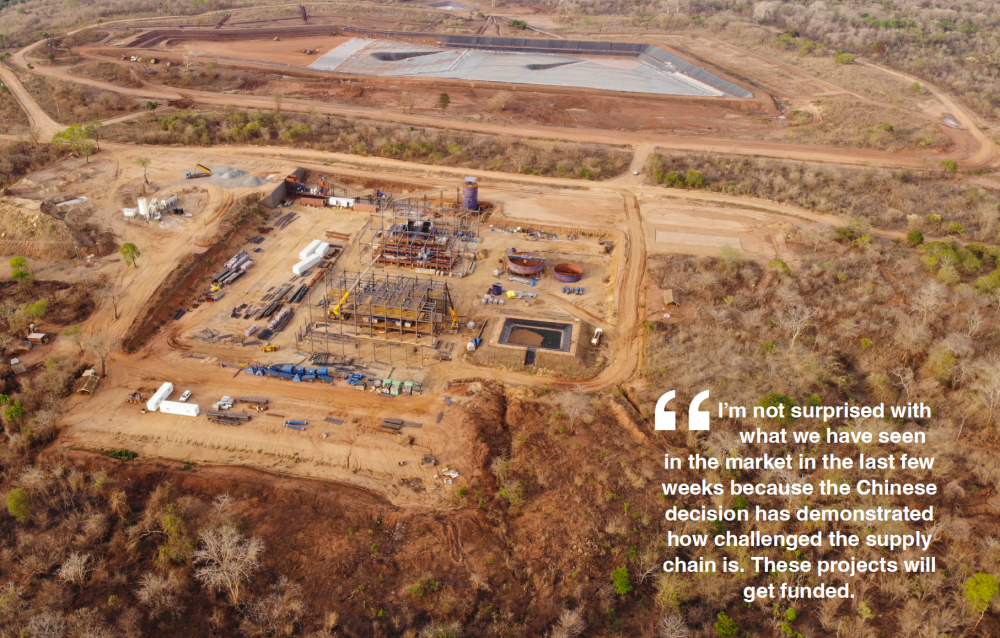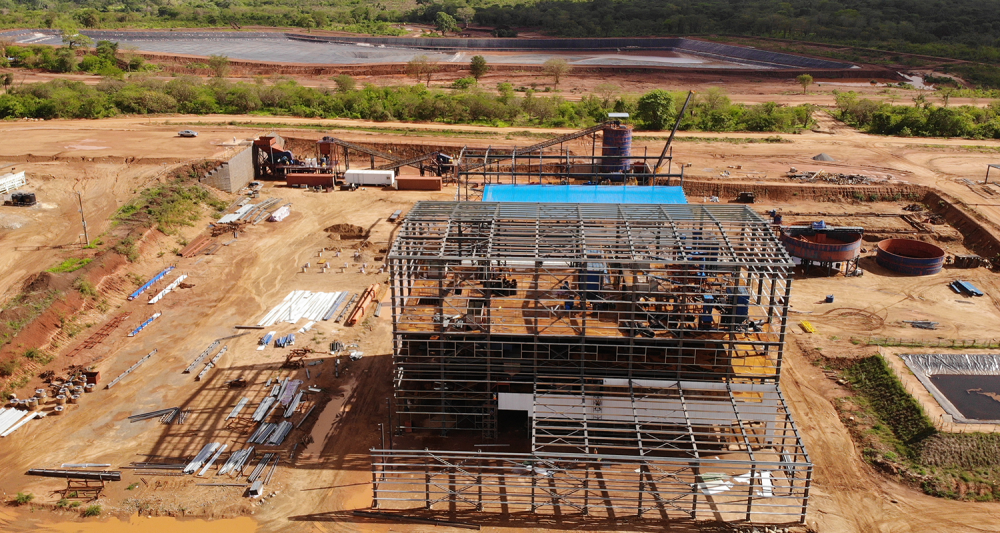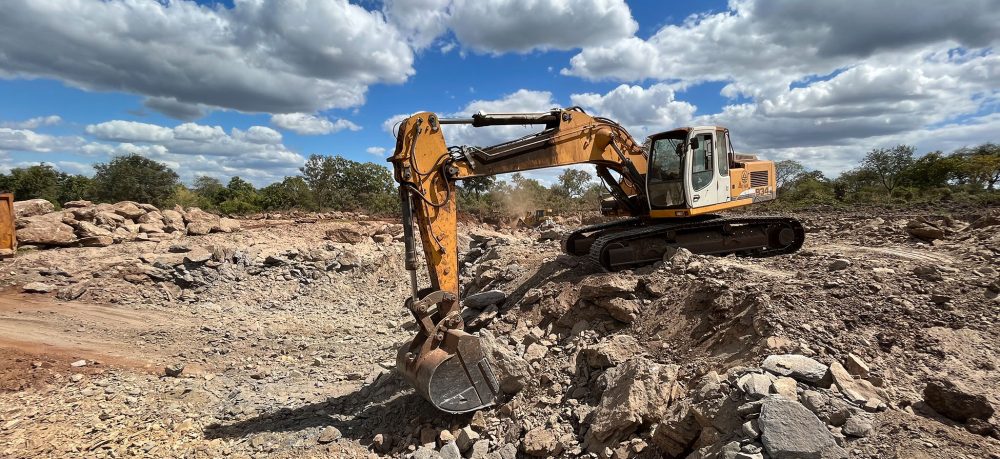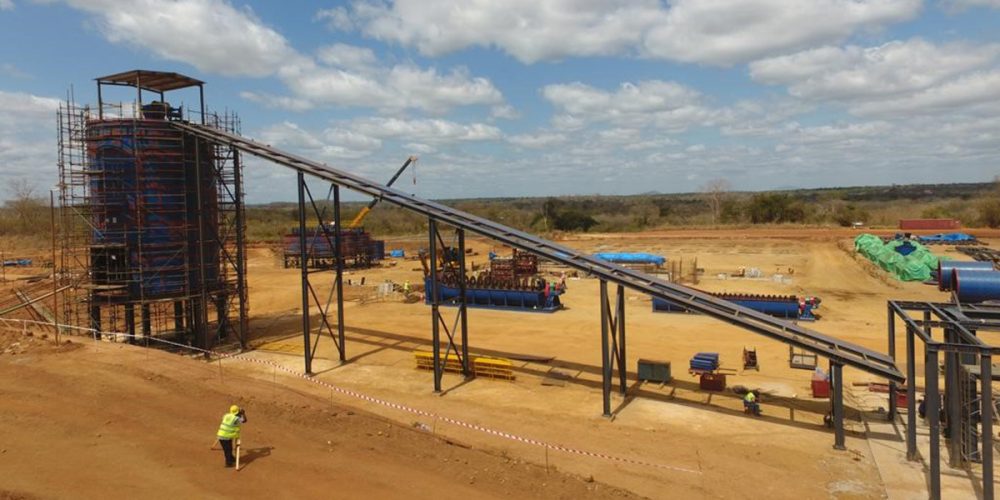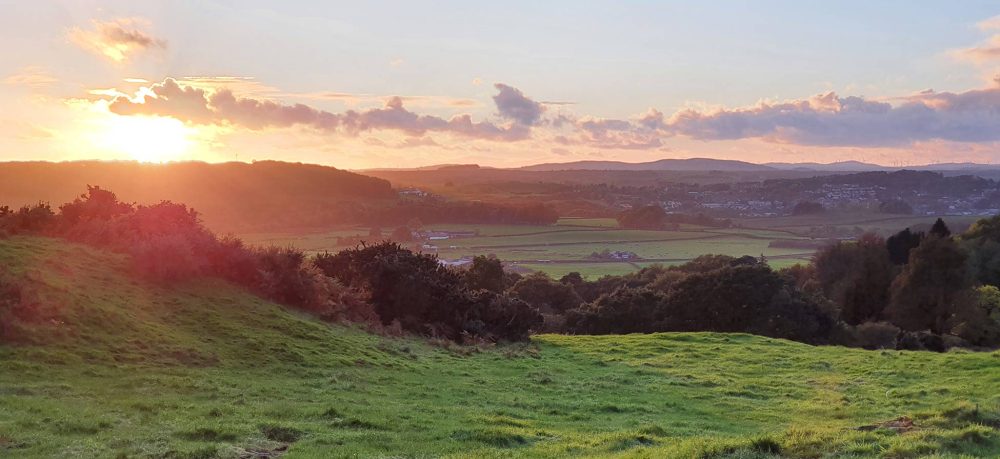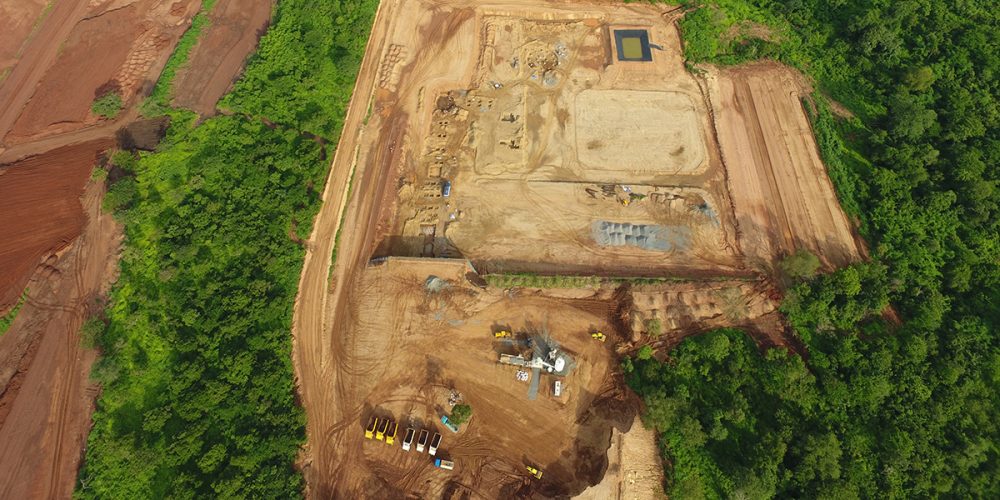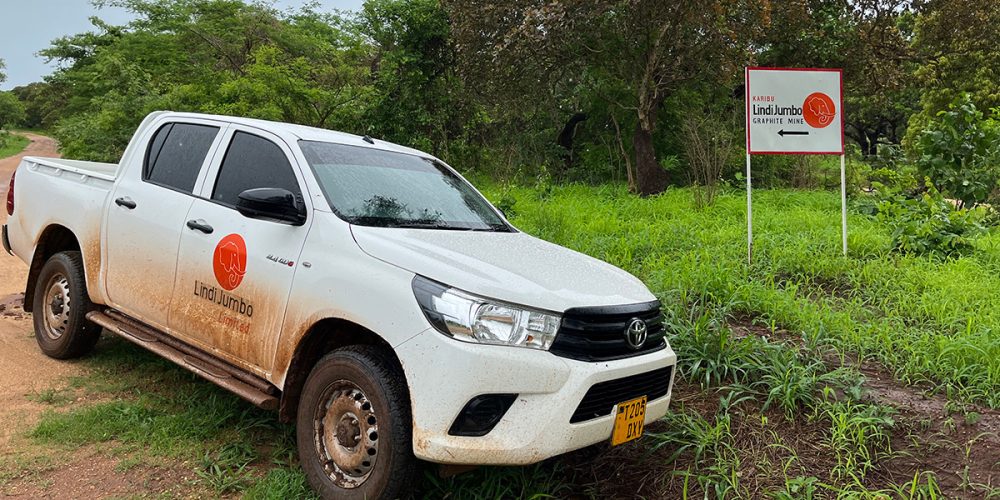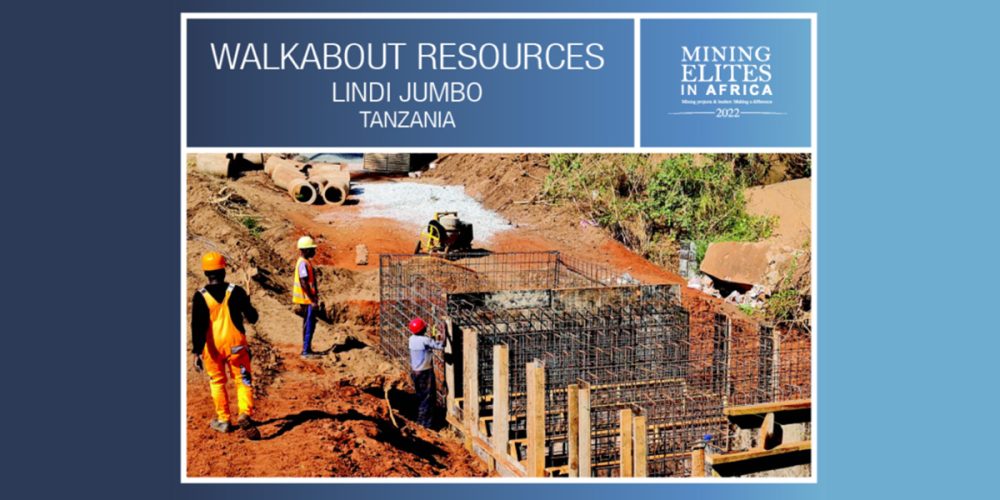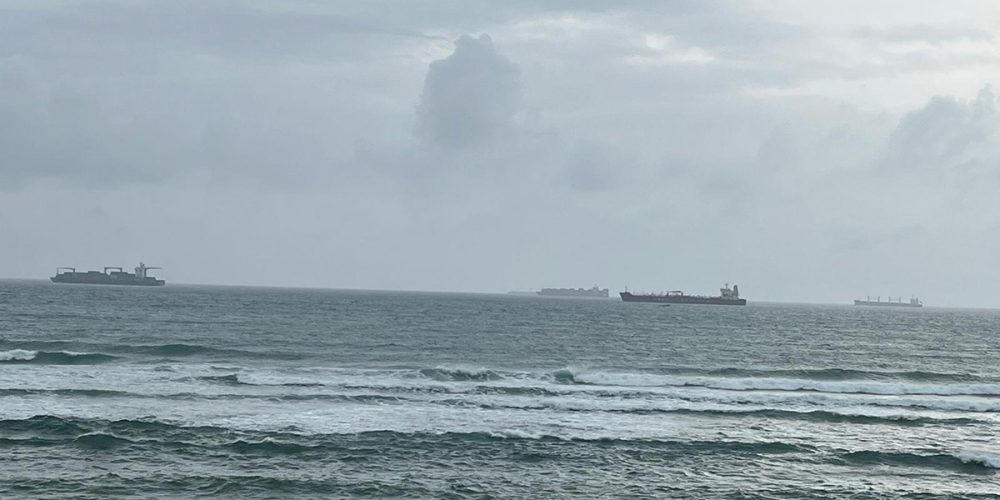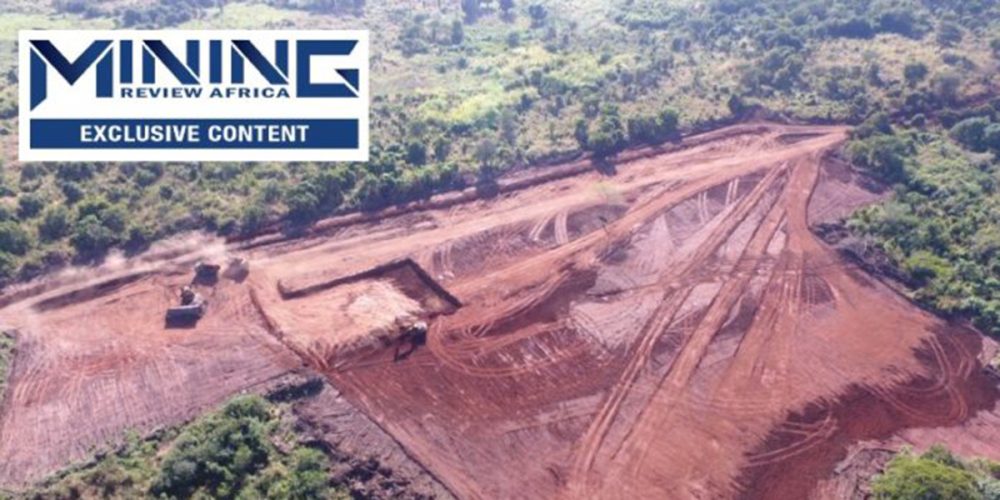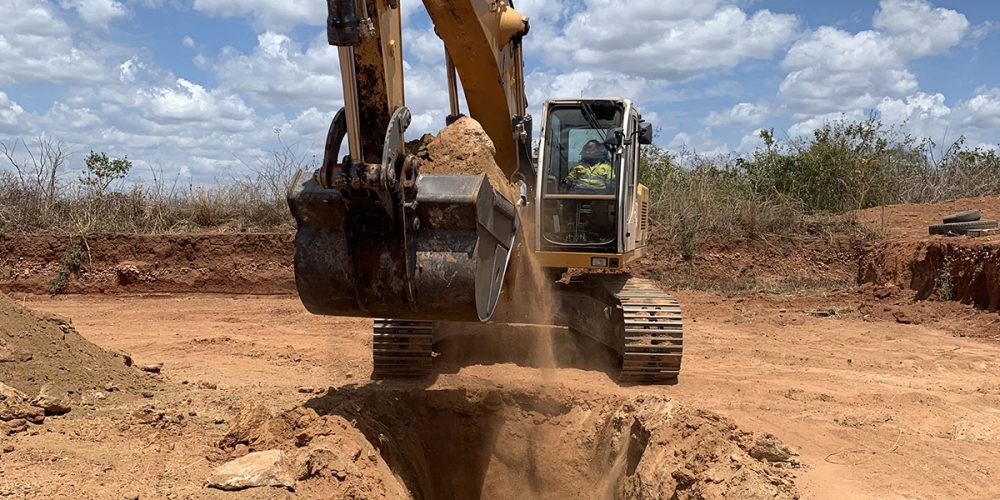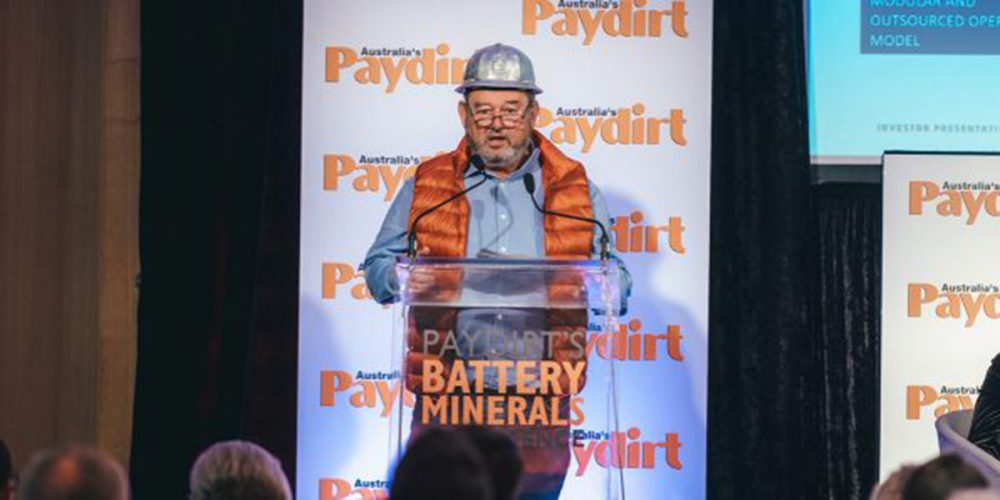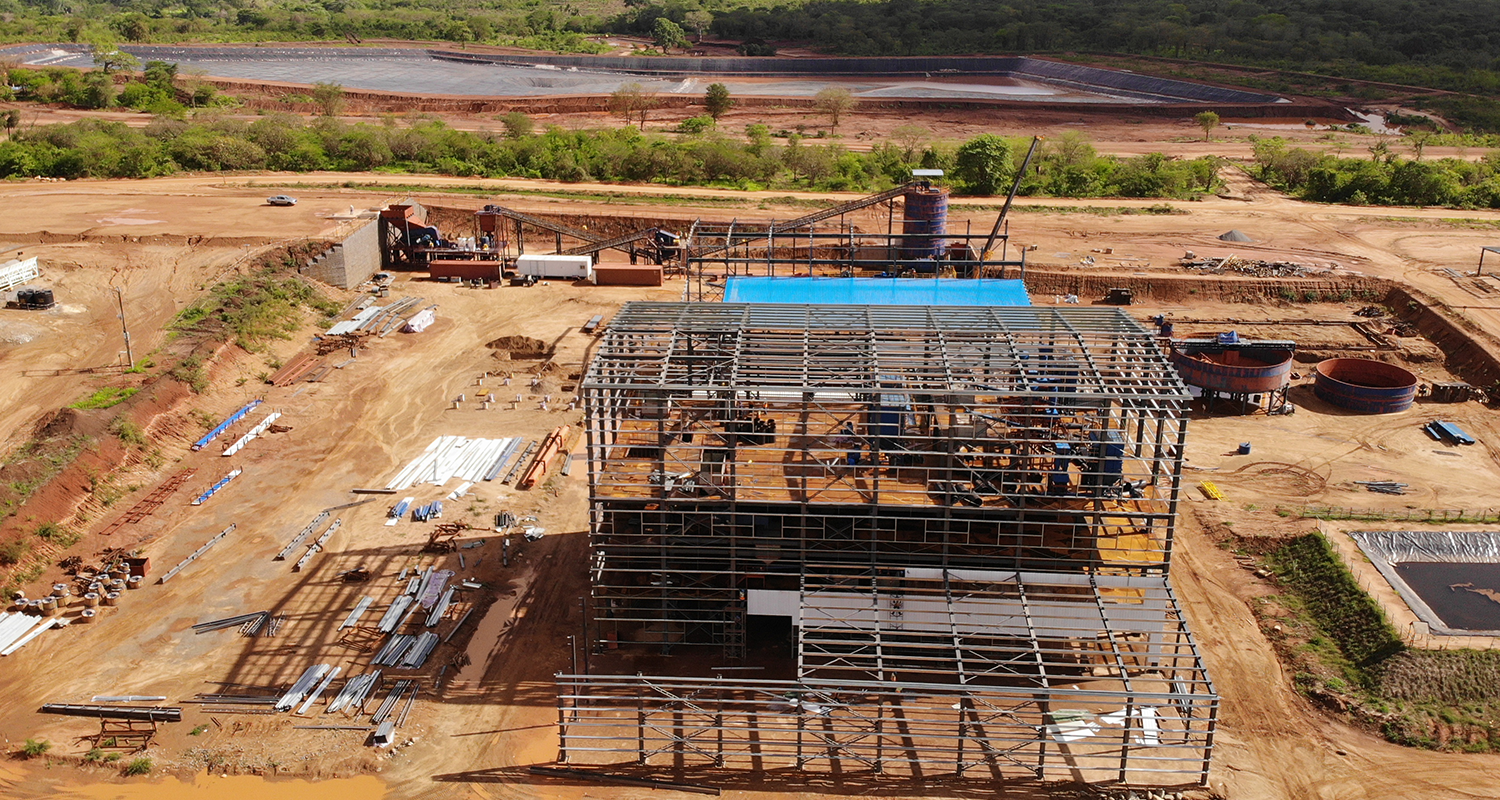
It may be a form of one of the universe’s most abundant elements but the sharpening geopolitical tensions have escalated graphite’s position on the critical minerals map and Australian companies with assets spread across Africa could be major beneficiaries of the ensuing battle. While Mozambique hosts Africa’s only operating graphite mine, Tanzania looms as a rival. After stalling under previous governments, the East African country’s graphite sector is blossoming under the investment-friendly approach of President Samia Suhulu Hassan.
Graphite has rarely been at the forefront of the critical minerals debate of the last decade. While the cathode inputs of lithium, cobalt and nickel have all experienced their moments in the sun as Western governments and OEMs wake up to the tightness of global supply chains, graphite – source of the negatively charged anode in EV batteries – has been largely in the shade, its ready supply dampening enthusiasm for new projects.
Those assumptions, however, have begun to erode as carmakers hunt for new, cleaner, more reliable supply chains and governments begin to recognise China’s dominance of the market.
“People have often asked me why, if they are both so entwined with the EV market, the graphite price hasn’t gone the way of the lithium price,” Syrah Resources Ltd managing director Shaun Verner told Paydirt. “There was an acute, immediate shortage in spodumene, lithium carbonate and lithium hydroxide for the EV market and as customers looked to manage the supply chain, they focused on the most immediate risk, so the price response was immediate. Graphite is different because China never had that supply problem.
But the same dynamics that occur in lithium and the cathode material apply in graphite and anode material, and the lessons buyers learnt from lithium, about not getting caught short and the need to diversify supply, has seen a pick-up in their understanding of the domination of China in the graphite supply chain.
If that education progress was underway at the beginning of 2023, it received a turbocharge in October when China – which controls more than 90% of the global graphite supply chain – announced it would enforce restrictions on graphite exports.
The restrictions – due to come into effect on December 1 – will see licences required for export of a range of graphite products. However, despite the deadline, there is still little clarity about how the restrictions will be imposed.
“There is still a lot of uncertainty around the implementation,” Verner said. “We know there will be no exports without permits from December 1, what we don’t know is whether it is merely administrative and licences will be easy to come by or something more extreme with the Government using the permits to limit export volumes.”
If the restrictions are sweeping, the international market could be left scrambling for alternatives.
“The big issue is that China dominates the anode supply chain, it is even more dominant in anodes than it is in cathodes,” Verner said. “Even if the anode material is produced in Japan or Korea, it is being processed in China. That level of domination is different to other critical minerals. You have stronger diversity of supply in things like lithium, China doesn’t completely dominate processing, but in anodes there is no one else.”
The drivers behind China’s decision are also unclear. Graphite demand in the country has been volatile in 2023 in line with other battery minerals as both the domestic and international EV rollout fails to reach the most optimistic projections. However, longer-term forecasts remain strong so the export licence could be a way of retaining graphite supply for local use.
“We have been waiting for [China’s] graphite exports to slow,” London-based mining analyst John Meyer of SP Angel said. “Having overproduced synthetic graphite we reckon China is also keen to keep this material within China to meet rapid growth in EV battery demand.”
Verner sees another element at play.
“The statement said it was for national security but also strategic reasons,” he said. “What I find interesting about this announcement, regardless of the end point, is the reality is China has demonstrated it has the potential to restrict supply and could do it at a moment’s notice. It has definitely lifted the intensity of Western OEMs in ensuring offtake is secured.”
“What China is saying to the West with this decision is that we are not going to help you make electric cars, you have to find your own way to do that,” Northern Graphite Inc chief executive Hugues Jacquemin said recently.
Lying in wait for the opportunity are a surfeit of Australian graphite players.
The group is led by Syrah, which was the only company to get away in the last, fleeting graphite boom of the early 2010s. Its massive discovery and subsequent development at Balama in northern Mozambique appeared to herald a new era for both Australian companies and Southern and East Africa. While Syrah was undoubtedly the largest player, there was also a further four ASX-listed explorers enjoying success in Mozambique with more than a dozen also active across the border in Tanzania, the Rift Valley having cooked the host rocks into graphitic perfection.
A decade on however, Syrah remains the only producer among the graphite set and Verner admits his company’s performance is one of the reasons why. Like the lithium miners and developers who followed, the graphite companies ran a little ahead of the market and when Syrah hit trouble at Balama, investors lost confidence in the sector.
The company burst onto the African resources scene in 2011 with the Balama discovery, quickly building the largest graphite resource in the world and taking it into construction in 2016.
The share price hit $5.65 in June 2016 and Syrah was the poster-child of the nascent graphite scene, the biggest resource, the most advanced project and the best funded asset in a sector with little track-record. However, before the year was out, shares were under $3 after construction was delayed and only breached that mark again briefly in the subsequent seven years as operations faltered and the graphite market slumped.
By April 2020, the company was trading at 21c/share and had put Balama on temporary suspension amid weakened graphite demand. Syrah had swiftly fallen from fairy to cautionary tale and the rest of the sector suffered as a result.
“There’s no doubt the fact Balama was not running at capacity was an impediment to other graphite companies getting funding and advancing their projects,” Verner confirmed. “But that is just a straight supply/demand scenario, the market wasn’t quite there yet.”
The turnaround for company and industry began in early 2021 as Western governments and car manufacturers finally turned rhetoric into reality and began setting policies and targets for EVs, in the process placing greater demand on graphite and other battery metals.
Syrah took Balama off care-and-maintenance and back into production in March of that year as COVID-related stimulus packages were launched in China and elsewhere.
Even still, the rebound was not entirely smooth. Syrah struggled to match Balama’s 350,000 tpa output with market requirements. In the June 2023 quarter, the company took the decision to adopt a campaign mining and processing model.
Verner said the new approach would allow Syrah to better match demand while improving efficiencies.
“We continue to max out our inventory capacity, shipping capacity is on-off depending on anode demand, that led to the decision in the June quarter to switch to a campaign model,” he said. “We were trying to run continuously but were running into problems because of lumpy demand so we took the decision to stop at full inventory and restart when stocks were run down.
“It actually improves our efficiencies, because previously we were unintentionally campaign mining anyway. Recoveries and power efficiencies are harder when you are running at low throughput. And you avoid more of the unpredictable occurrences if you are planning your shutdowns.”
First evidence of the campaign model’s impact came in the September quarter. While throughput was down from 280,000t in the March period to 130,000t, recoveries were up 2% to 73% and C1 costs were down to $US484/t from $US668/t in the March quarter.
Syrah can expect to enter 2024 in fine fettle. Not only will the campaign strategy continue to be refined but the company has seen no flare up of the industrial disputes which affected it in 2022 and is also benefitting from a more sedate security outlook in Mozambique.
“The industrial action last year was a one-off where a small group chose to make demands outside the union process,” Verner said. “The reason it took time to resolve is that we wanted to do it in a measured way which engaged local and national government.
“The security situation has improved significantly in the last 12 months. The Southern African Development Community has had a multi-nation force in the north of the country and during my last visit the situation was very normal and everyone was going about their business, probably the best I’ve seen it in the last three years. There is the possibility of changes, but Government has done a lot of work to control and improve the situation.”
It is clear that Verner enjoys the support of a government which hasn’t always managed to project the best image to international investors.
“We’ve had a good experience with national and provincial governments and the eight communities around us are extremely supportive of Balama and the opportunities that have been brought in,” he said. “So, we are not seen as a significant political challenge and there is good stability around the resource industry and investment, especially when you compare it to other parts of the continent.”
The other major shift in Syrah’s market interaction comes not in Mozambique but in Louisiana, US where the company is nearing commercial production at its downstream active anode material (AAM) facility.
Construction of the AAM plant is nearing completion with the company aiming to be producing commercial quantities of AAM for direct input into the battery supply chain by the middle of 2024.
The plant will initially produce 11,250 tpa of AAM but plans are already in place to expand this to 45,000 tpa with support from US Inflation Reduction Act related grants and loans.
There’s no doubt the fact Balama was not running at capacity was an impediment to other graphite companies getting funding and advancing their projects. But that is just a straight supply/demand scenario, the market wasn’t quite there yet.
If Syrah is more firmly established now and about to place African graphite directly into the ex-China EV supply chain, can its successors expect greater opportunity?
The Tanzanian developers in particular were stymied by markets and geopolitics but with both turning in their favour, these companies are back on the road which was closed in 2017.
While Syrah and the Mozambican juniors only had to deal with flat markets, the Tanzanian-focused companies were battling a second front, the policies of then- President John Magafuli which were hostile to foreign investment in the East African country’s mining sector.
The graphite companies were only bystanders in Magafuli’s fight with gold major Acacia Mining, quickly becoming collateral damage as investors and financiers, already nervous about the outlook for graphite, were given another reason to move away from the likes of Magnis Technologies Ltd, Black Rock Mining Ltd, EcoGraf Ltd and Evolution Energy Minerals Ltd.
Magafuli died in 2021 and his successor Samia Suhulu Hassan has worked to improve Tanzania’s investment reputation, lowering barriers to investment and encouraging new licenses to be issued.
For the Tanzania graphite players, the policy shift was perfect timing, coinciding with graphite prices. Sentiment towards them has switched from being locked out of project financing discussion, to closing in on final investment decisions as equity investors and offtakers move to secure this potential new groundswell of supply.
Verner believes the blossoming of alternative supply chains in the US will continue and there is nothing to stop a new wave of African graphite miners coming on stream.
“From the market perspective, if you look five years down the track, the demand will need more production capacity as the EV market in the US and Europe grows,” he said. “I’m not surprised with what we have seen in the market in the last few weeks because the Chinese decision has demonstrated how challenged the supply chain is. These projects will get funded.”
Markets are only part of the equation and the African resources landscape is littered with assets stranded due to technical, political and logistical hurdles. Verner, however, believes there are no such obstacles to graphite development on the continent.
“There’s no major logistical or mining challenge or other requirement which creates impediments to developing African graphite projects,” he said. “Typically, they are simple mining operations, near surface, open pit, standard flowsheet and a product which is ultimately bagged for container shipping so you can lean on multiple rail, road and port options.
“I think in comparison to other commodities, graphite is in a good place but when it comes to individual projects, grade economics and starting from scratch in a commodity where experience outside of China is low, means it can take longer to get things up to speed.”
The emergence of new products and new markets has also broadened the possibilities for African graphite to the extent that no two projects look the same. While companies such as EcoGraf and Magnis are aiming to emulate Syrah by linking their upstream African assets with downstream production, others such as Black Rock Mining Ltd and Walkabout Resources Ltd are leaning on existing anode supply chain players to get their Tanzanian graphite concentrate to market.
As things stand, it is the company with perhaps the simplest strategy, Walkabout, who will join Syrah in the production ranks first. While its peers attempt to close the capex gap in their project finance, Walkabout has escaped several near-death experiences to reach within touching distance of first production at its Lindi Jumbo project in south-west Tanzania.
Walkabout’s journey is illustrative of the Tanzanian graphite industry as a whole.
Rapid progress was enjoyed after the initial discovery of Lindi Jumbo in 2015 and the company set about defining a low capex route to a 40,000 tpa graphite concentrate operation via a 2019 DFS. However, it was soon blown off-course, as Tanzania’s swing away from foreign investment and the graphite market’s travails saw investors turn away from the East African country’s obvious graphite potential.
Walkabout still made the most of the situation, moving into construction in 2020.
But when debt funding with local bank CRDB collapsed last year, it was left with a half constructed mine and no clear sense of when it would be completed.
Relief came in July via a debt facility with London-based Gemcorp, handing Walkabout an initial $US20 million, with a further $US5 million available on standby.
Drawdown began almost immediately and Walkabout now finds itself on the cusp of commissioning.
“Everything going well, we are due for completion by the end of the year,” Walkabout managing director Andrew Cunningham told Paydirt. “We are finalising the operational readiness plan now and there is a lot of onboarding of employees going on,” he said. “It is crucial we get the right team in place now as we need people on site in time to ensure all the training can happen in line with commissioning, starting after Christmas.”
If construction is a crucial period for developers, commissioning and ramp-up often proves even more decisive in a company’s ability to meet expectations. Cunningham said Walkabout was taking a meticulous approach to ensuring the ramp-up went to plan.
“The commissioning and ramp-up schedules are conservative based on the experience of other graphite companies, SRK has independently stress-tested our plans for both first production and ramp-up, allowing four months for the commissioning and five quarters to get to nameplate capacity,” he said.
“I’m sure we’ll get there much sooner but we’d rather be conservative than overly aggressive. Even at those conservative timelines and with conservative basket price assumptions, it still pays back Gemcorp within three years, starting with first repayment in September 2024.”
First-to-market was always the reasoning behind Walkabout’s stripped back approach to Lindi Jumbo’s development, but Cunningham is eager to remind investors it wasn’t necessarily about keeping things small.
“People may see us as niche, but we aren’t,” he said. “We always emphasised the simplicity of this project but it is still 40,000 tpa, which makes it a significant producer on a world-scale, in the top three outside of China.”
For Cunningham, scale and simplicity are far from a negative for Lindi Jumbo. He is conscious of the contrasts between the ramp-up in traditional base and precious metals projects and battery minerals projects where meeting customer specifications can take considerable tinkering.
“We understand it can take time to hit product specs and we are working with our offtake marketing partner Wogen Pacific, looking at various scenarios,” he said. “We expect that we could produce off-spec material in the early months. The question becomes what to do with that 90-95% material.
Wogen is talking with customers on that now and while all efforts will be made to produce to on-spec from the start, we are investigating possibilities.
Wogen is committed to taking 100% of Lindi Jumbo’s 40,000 tpa of graphite products for an initial five-year term. That will place the partners in a strong marketing position given the current projections for the graphite market which forecast supply deficits for the next decade.
Those deficits will be turbocharged if China follows through with its threat to ban graphite exports from December 1.
For Cunningham, regardless of the ultimate outcome, the very notion of Chinese protectionism around graphite exports emphasises the need for the Western world to diversify supply chains and the timing couldn’t be better for Walkabout even if it is not taking on the downstream challenge.
The world is waking up to where supply is coming from and we are fortunate that we are on the cusp of production while many of our peers are still two or three years away. So, our timing is looking perfect.
Even if Walkabout beats them to market, peers are confident the trend is overwhelmingly in their favour. Not only do African graphite projects offer an alternative to Chinese supply, but they are also capable of meeting the increasingly stringent ESG demands of Western buyers.
“New supply chains have to operate at much higher ESG requirements,” EcoGraf managing director Andrew Spinks told Paydirt. “We’re financing through a development bank which must meet strict World Bank health and safety performance standards.”
Parts of the Chinese graphite market have developed a reputation for poor environmental standards and even without the export crackdown, end-users are conscious of the need to tighten the ESG performance in their supply chains.
“That would be excellent for Australian companies operating at high ESG levels, particularly in Africa where there’s enormous graphite endowment,” Spinks said.
It has never been easy for Africa’s graphite players but with political and geopolitical tides turning in their favour, they represent the greatest chance yet for Africa to truly enter the battery minerals race.
China has been African mining’s most reliable source of capital over the last two decades but ironically, it could be the country’s decision to turn away from international markets which provides African graphite with its greatest boost.
Article written by Dominic Piper, at Australia’s PayDirt Media.
December 2023 – January 2024 edition.
